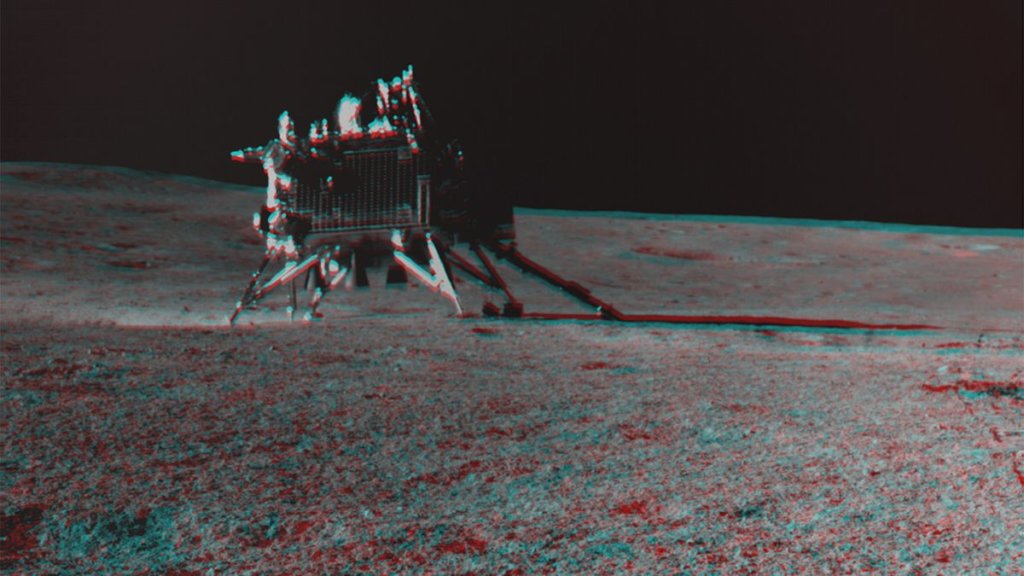Engineers at the Indian Space Research Organization (ISRO) have begun attempts to wake the Chandrayaan-3 lunar lander and rover from hibernation after the two-week frosty lunar night.
On Friday (Sept. 22), ISRO said in a post on X, formerly known as Twitter, that it has made attempts “to establish communication with the Vikram lander and Pragyan rover to ascertain their wake-up condition.”
So far, the engineers haven’t heard back from the iconic duo, the first two human-made objects to land in the moon’s south polar region.
“Efforts to establish contact will continue,” ISRO said in the post.
Chandrayaan-3 landed near the lunar south pole on Aug. 23, making India only the fourth nation in history to stick a lunar landing, after the U.S., Russia and China.
In the two weeks that followed, Pragyan explored the landing site, beaming images back to Earth, while Vikram performed a set of scientific experiments including measuring the temperature of the top layer of the lunar regolith. The probe also analyzed the chemical composition of the lunar dust and found traces of sulfur, which might hold clues to past volcanic activity.
The Pragyan rover was put to sleep on Sept. 2, when all of its instruments were turned off. The Vikram lander followed suit two days later. The mission completed its primary mission goals, but ISRO hopes that the two spacecraft may have been able to survive the frosty lunar night.
Chandrayaan-3 was India’s second attempt to land on the moon. The mission’s predecessor, Chandrayaan-2, crashed in 2019 due to a software glitch. The Chandrayaan-2 orbiter, however, is still studying the moon from lunar orbit.

